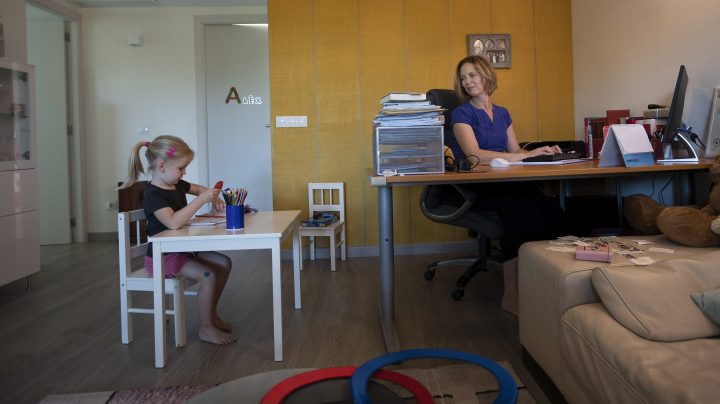
The global economic cost of gender inequality in the workplace? $7 trillion per year
The global economic cost of gender inequality in the workplace? $7 trillion per year

The global economy could get a $7 trillion a year boost if there were more women in the workforce, according to a new report from Moody Analytics. That’s a boost of 7%.
In other words, closing the gender pay gap wouldn’t just benefit individual women. It would also benefit everyone.
Maria Malikzada, 24, studied law and political science at a university in Kandahar Province in Afghanistan until December, when the Taliban banned women from universities. She’s had to defer her dream of becoming a lawyer and representing other women.
“I want to become their voices in Kandahar. But now I know I need someone to work for me and raise my voice,” she said.
She’s also had to defer her dream of more money; she works from home for a nongovernmental organization. But she’s worried the work won’t last.
Afghanistan offers some of the most extreme examples of the barriers that exist to women fulfilling their potential.
Women around the world are having a hard time getting into positions with more authority, according to Dawn Holland with Moody’s Analytics, one of the authors of the new report.
“There’s this large pool of well-educated women ready to step into these positions,” she said.
Moody’s research found that if there were more women in the workforce and fewer roadblocks to their career growth, the global economy would grow by at least 7%. And that would be massive.
“Economic growth matters because it raises our average living standards,” Holland said. “If you’re raising the average living standards of women — single mothers in particular — you’re also addressing some issues of inequality.”
The research says there are concrete steps and policies that can help, from giving women educational opportunities to providing paid maternity and paternity leave, and lowering the cost of child care.
But Holland notes that the patriarchy makes all of that really hard. “Essentially, it’s deeply embedded into our social norms, which makes it extremely difficult to shift,” she said.
That’s something 43-year-old Anna Maria Diaz knows firsthand. She was a freelance stylist in the fashion industry in New York, loving it despite the grueling hours. But she wasn’t earning enough to cover child care for her two kids.
“I think nobody really talks about what the first maybe four years of childcare really cost,” she said.
Diaz ended up leaving her career — and now her household’s down to one income.
There’s a lot happening in the world. Through it all, Marketplace is here for you.
You rely on Marketplace to break down the world’s events and tell you how it affects you in a fact-based, approachable way. We rely on your financial support to keep making that possible.
Your donation today powers the independent journalism that you rely on. For just $5/month, you can help sustain Marketplace so we can keep reporting on the things that matter to you.











